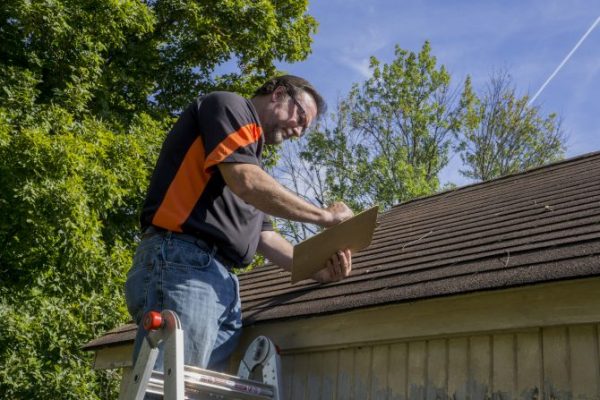Blog

In the roofing industry, there’s a process called supplementing. It’s a pretty standard term for us, but not a term (or a process) that everyone is familiar with.
WHAT DOES SUPPLEMENTING MEAN?
Supplementing is the process where a contractor submits additional expenses to the insurance company. It’s a common practice for home insurance and car insurance because there’s often damage that can’t be seen on the surface.
For a car accident, an insurance adjuster will come look at your car and provide an estimate of what they think it would cost to fix the car. But when the auto body shop starts taking your car apart, they often find additional parts and pieces that need to be fixed, or they’ll find something that takes longer or has to be repaired differently than the adjuster thought.
The process of repairing a roof is much the same. The adjuster might not realize if something on the roof isn’t up to code, and there are many other things that could need to be repaired or replaced that won’t be obvious until the old roof comes off. And sometimes it’s as simple as the adjuster overlooking something. We’re all human, after all.
WHAT ROLE DOES THE HOMEOWNER PAY IN THIS PROCESS?
The homeowner’s role in the process is pretty simple in most situations. At Land Roofing Enterprises, we work on the customer’s behalf with their insurance company to get the necessary supplements approved. But in order to do that, we need to see the estimate from the insurance company.
Sometimes homeowners are a little reluctant to share that information with their roofing company or other contractors, but most people don’t give it a second thought when having a car repaired. Now, roof replacement is often more expensive than repairing body damage on a car, but the process is still the same.
We recently had a customer who had extensive roof damage that also involved interior damage. Most of the ceiling and some of the walls in the house needed to be repainted, but the insurance company had only allocated $500 for painting on their estimate.
Now, $500 might seem like plenty to paint the interior of a house, and it might be if you’re buying the paint and doing the work yourself. But for a professional paint contractor to paint the interior of a home including spraying popcorn ceilings, it’s not a sufficient amount. When we noticed that line item, we immediately contacted their insurance company and got the necessary supplement to complete the painting properly.
WHAT ELSE MIGHT REQUIRE SUPPLEMENTING?
We have a lot of experience with repairing both exterior and interior of homes, and we know what all of those items should cost, including windows, gutters, and painting. Another area that commonly requires supplementing relates to city and state codes, especially for things like roof ventilation.
There are many roofs installed without proper ventilation. Ventilation impacts your utility bills, as well as the safety and life of your roof. If the ventilation on your roof doesn’t meet current code, we’re required to bring it up to code when we replace the roof. If the insurance estimate doesn’t include the code upgrade, the homeowner could be out that money unless we submit a supplement to get it covered.
WHAT’S THE BOTTOM LINE?
When repairing or replacing your roof, be sure to share your full insurance estimate with your roofing contractor so they can identify any places where the estimate may fall short of the actual cost to repair or replace your roof. While we can submit a supplement at any point in the process, it’s best to know up front where the estimate falls short and get approval in advance. We’ll work with your insurance company to make sure you get the full amount needed for the repair.

Let's Talk
Get in touch to get started on your roof today. We are happy to answer any of your questions. Feel free to schedule your free roof inspection as well.
